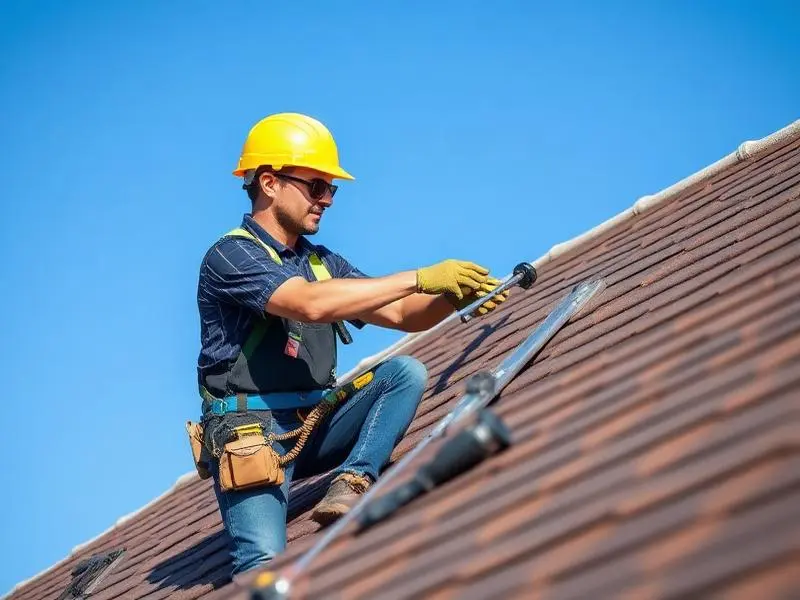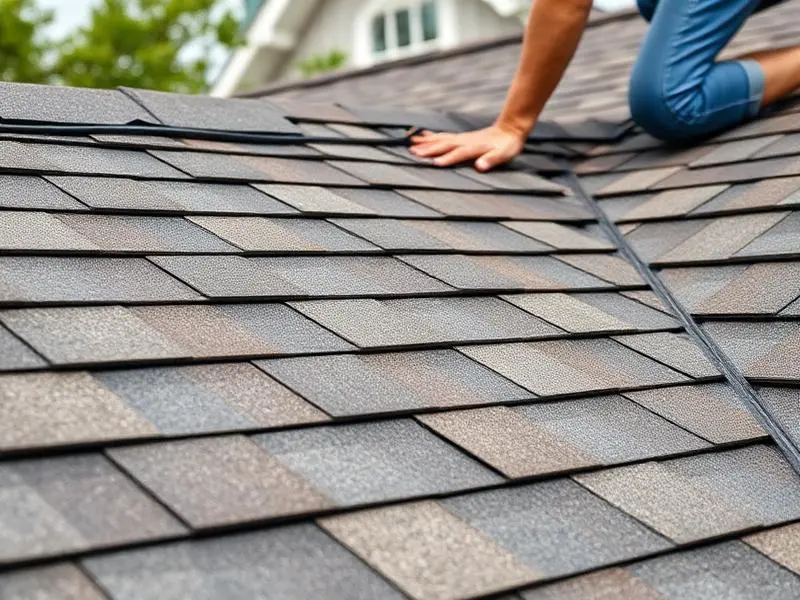Quality Materials
We use products designed to seal, waterproof, and weatherproof your structure effectively.
Timely Service
Efficient project completion with minimal disruption to your daily routine.
Professional Work
Experienced contractors dedicated to quality installation and customer satisfaction.
Our Roofing Services
Specialized in new installations and complete roof replacements for residential properties

New Roof Installation
Complete installation of quality roofing systems designed to protect your home for years to come.

Roof Replacement
Full roof replacement services using durable materials that seal and weatherproof your structure.

Professional Consultation
Expert guidance on selecting the right roofing solution for your property and budget.
Frequently Asked Questions
Find answers to common questions about our roofing services
We provide professional roof installation, full roof replacement, roof repairs, emergency tarping, roof inspections, storm-damage assessments, roof coatings and ventilation upgrades, plus related gutter and flashing work.
Common signs you need a full replacement include widespread missing or damaged shingles, a sagging roofline, recurrent leaks in multiple places, extensive granule loss, or if the roof is near the end of its expected life; a qualified inspection can confirm the best option.
We install asphalt shingles, metal roofing, clay or concrete tile, and single‑ply membranes for low-slope roofs; the best choice depends on your budget, roof pitch, local climate, desired lifespan, and aesthetic preferences — a site visit helps determine the ideal material.
For an average single-family home a full asphalt shingle replacement commonly takes 1–3 days; larger homes, complex rooflines, tile or metal roofs, permit waits, and weather can extend the project to several days or up to a week.
Yes — we offer professional on-site roof inspections and provide a written, itemized estimate outlining recommended work, materials, timelines, and warranty information.
Yes — our installers work under licensed contractors and carry general liability and workers’ compensation insurance; customers should request license numbers and proof of insurance before work begins.
We can document damage, provide a professional estimate and photos for your insurer, and meet with adjusters if needed, but claim approval and settlement amounts are determined by your insurance company.
Warranties vary by material and contractor; manufacturers offer material warranties (often 20–50 years for many products) and contractors typically provide workmanship warranties for a set period — always get warranty terms in writing.
Remove vehicles from driveways, cover or move patio furniture and fragile items in the attic, trim low-hanging tree branches if possible, and notify neighbors about the scheduled work to minimize disruptions.
Yes — options like reflective roofing materials, improved attic ventilation, upgraded roof underlayment, and adding insulation (including spray-foam where appropriate) can lower cooling and heating costs and improve indoor comfort.